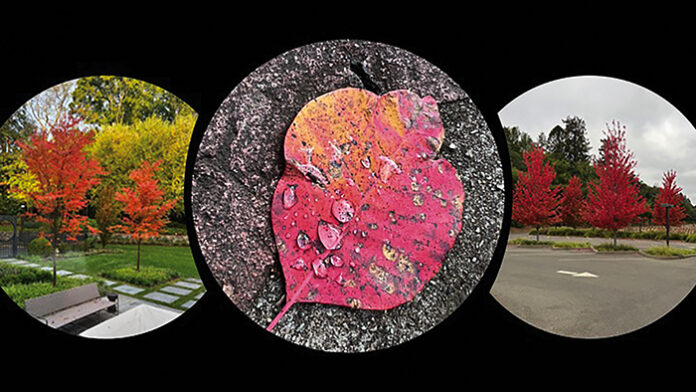Leaves turning color. Autumn is a splendid time of year. Harvests are in. Halloween is on the horizon. Thanksgiving draws near. Time to take stock.
Hmmmm? What does that mean, “take stock?” Websters says “to carefully think about something in order to make a decision about what to do next.” It’s an idiom stemming from “an estimate or appraisal of resources or probabilities.” Seems to apply. The harvest is in, COVID is being managed, time to take stock, think about the future and decide what to do next.
Traveling seems to be a decision back on the table. Pictures above are sequenced from a trip east to Connecticut, New York and California, from left. Traveling now to visit family and friends rather than places. Gratitude to my overnight and organizing hosts for making this trip special, with long peaceful stays in contented company.
Fun facts: Leaves’ decision about “what to do next” is predetermined. When daylight wanes and temperatures drop, leaves stop converting CO2 and H2O to sugars and starch. Green pigment fades to allow lighter colors to emerge.
For instance, carotenes—the same chemical that makes carrots orange—and xanthophylls begin to show. These chemicals of orange and yellow are present all summer, but chlorophyll absorbs light in their spectrums, causing predominantly green leaves in summer.
Reds and browns occur from new chemicals, anthocyanins, not present in summer. Anthocyanins accumulate when the phloem pathway is blocked and sugars cannot exit. Trapped sugar promotes anthocyanin growth, and leaf colors can vary due to amounts of sugar trapped in each leaf.
Dry conditions with sunny days and cool nights produce the brightest colors. Dull colors result from warm nights, allowing chlorophyll to continue production, muting lighter colors. The acidity of trees affects color, too. Sumacs turn fiery red from high acid sap. Other red-leaved trees in fall include: sugar and red maple, sassafras, white and scarlet oak.
Some oaks and ash can turn purplish; their sap is less acidic. Tannins, a waste product, cause browning. They are the broken-down product of chlorophyll and carotenoids and the last color before leaves succumb to fall.








